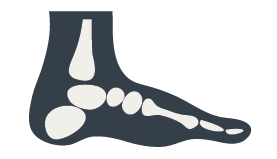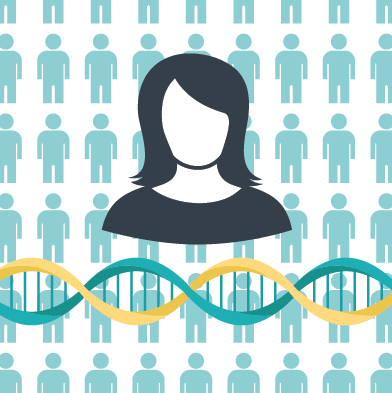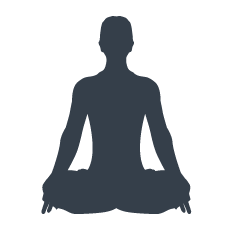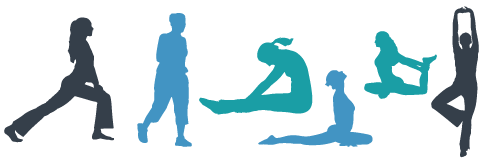What is rheumatoid arthritis?
Rheumatoid arthritis is an autoimmune disease that causes inflammation in the body's joints. The chronic condition brings about symptoms of pain, stiffness, swelling and fatigue. Rheumatoid arthritis occurs in a small fraction of the population, approximately 1%, and women are three times more likely to be affected than men.

An autoimmune disease is one where the body's immune system begins to attack the body, specifically at the lining of the joints. This results in inflammation, leading to joint destruction.
What happens at the joint?
Rheumatoid arthritis is often characterized by the swelling of more than one joint, and of the same joints on both sides of the body (symmetrical). It often starts slowly, but spreads over a few weeks to a few months. Symptoms may vary from person to person; some might have mild inflammation and swelling, but there may be times when the pain and stiffness increases.
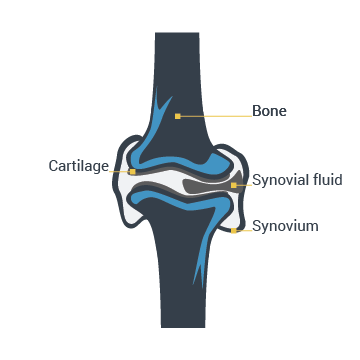
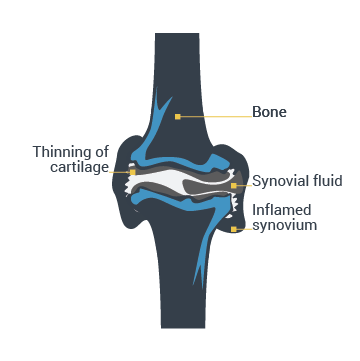
A joint is the place at which two bones meet. To allow movement, the joint acts as a hinge, and a support system. Each bone is covered by cartilage at the joint. Cartilage makes the joint into a smooth surface, so that the bones can glide against each other. The joint is lubricated by a thick fluid called synovial fluid. This system works together with a membrane, synovium, to hold the joint in place.
In rheumatoid arthritis, inflammation occurs within the synovium (membrane). The swelling produces extra fluid and causes pain. When this irritation increases more than usual at the same joint, patients usually get "flare-ups".
What are the symptoms?
It is difficult for physicians to diagnose rheumatoid arthritis. That's why its recommended to begin treatment immediately and prevent the condition from worsening.
Some of the common symptoms include:
- joint pain and swelling
- stiffness
- tiredness (fatigue), depression, irritability
Some of the less symptoms include:
- weight loss
- inflammation in the eyes
- inflammation of other body parts (such as the lungs and blood vessels, but this is rare)
What causes rheumatoid arthritis?
Doctors don't really know what causes this autoimmune disease. Other types of arthritis, such as osteoarthritis, often occurs due to wear-and-tear and old age. Rheumatoid arthritis can occur in anyone, at any age, but research does show that it begins in middle age. Other forms of arthritis also affect children, such as juvenile rheumatoid arthritis, sharing the same symptoms as the adult version.
There is often a combination of events that lead to the triggering of rheumatoid arthritis symptoms, and the consequently, the onset of the condition:
- unusual autoimmune response
- genetic transmission
- environmental trigger (such as a viral infection, or hormonal changes)

How is it diagnosed?

To test for presence rheumatoid arthritis, doctors have to perform a series of diagnostic tests. The most important thing to do is informing the doctor of any unusual joint pain and swelling.
Doctors often begin with an examination of the joints, followed by blood tests and X-rays. The blood contains specific factors that can identify the presence of inflammation.
Remember, getting tested positive from one of these blood tests does not mean that you have rheumatoid arthritis. Some people that test negative or have normal results can have the condition. This is why a combination of tests need to be done to reach a final diagnosis.
What is the outlook?
There is always hope. Taking control requires team effort, and self-efficacy will only become stronger with the support of family, friends, and most importantly, a doctor.
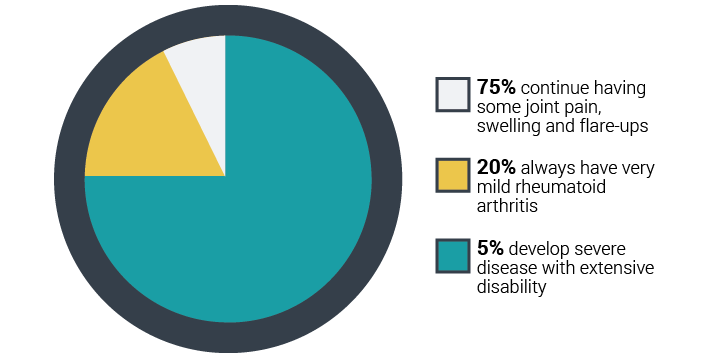
- Notify your doctor about all your symptoms. Often, morning stiffness is one of the ways to tell apart rheumatoid arthritis from the other types.
- Start treatment early! Once under control, the disease can effectively be managed in the long-term.
- Don't replace current medical treatments with unproven health practices and products. Always check the research behind it! Although family and friends mean well when they suggest some therapy options, they may interfere with a treatment plan. Take them with a grain of salt.
- Protecting the joints from unnecessary strain is very important. Take advice from an occupational therapist to plan out a daily routine, to carry out day-to-day activities without the interference of rheumatoid arthritis.
There is always a positive outlook for people with rheumatoid arthritis. More research is uncovering new and effective treatments that are allowing the improvement of even more patients.
